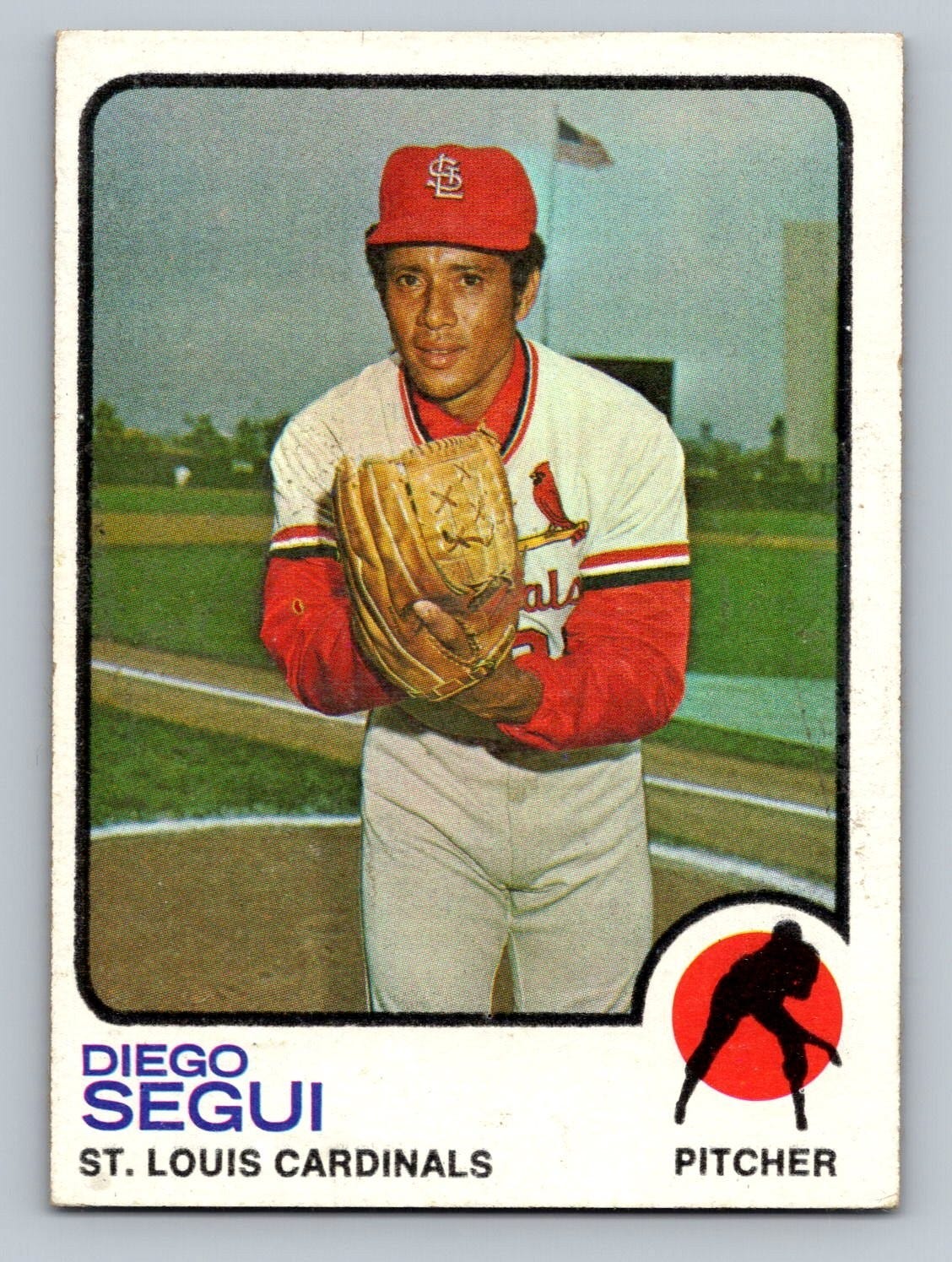R.I.P. Diego Segui
He missed it by that much
When the reports of Diego Segui’s passing at the age of 87 started to come out, much was made of his connection to baseball history in the city of Seattle. Namely, Segui was the MVP of the Seattle Pilots for their one and only season in existence, back in the expansion year of 1969 in the American League, and he was the only player to participate in both that franchise and the Seattle Mariners franchise, who came into existence in 1977 and have lasted to the present time.
In fact, Segui was the first player to throw a pitch for the Mariners in a regular season game, taking the loss to the California Angels in a game at Seattle’s Kingdome in April of that year. It marked Segui’s final season in the majors, but he pitched several more seasons in the Mexican League after helping to launch baseball in Seattle, and he threw his final competitive pitch at the ripe old age of 46.
So the Seattle story is certainly unique, and it’s something that no other player could claim as their own. Normally, that’s the sort of angle I look for when writing a piece like this, seeking to put some interesting spin on the professional career of a ballplayer who has moved on to whatever the next higher level might be. But as I look at the 1973 Topps card for Diego Segui, I realize that he narrowly missed out on being a part of one of baseball’s greatest bonding experiences. You could even say that he missed it by a whisker.
Diego Segui began playing in the American minor leagues in 1958, a year before Fidel Castro came to power in his native Cuba. He later broke into the majors with the Kansas City A’s in 1962, at the age of 24. He played eight of his first ten seasons in the majors with the franchise, five in Kansas City and three in Oakland. At the start of the 1972 season things were looking up for the A’s, as they were coming off their first division championship the previous season.
When Reggie Jackson arrived at spring training for the A’s that year, he was sporting a mustache, in violation of a decades-long tradition of players being clean-shaven on the field. Think about it: Mickey Mantle never sported a mustache. Neither did Ruth, Gehrig, DiMaggio, Williams, or any of baseball’s players, from the biggest of stars to the last guy off the bench. It just wasn’t done. In fact, the last time a big leaguer had done so was all the way back in 1936, well before Reggie Jackson was born.
Charlie Finley, the owner of the A’s, tried using reverse psychology to persuade Jackson to shave off his mustache. He thought that if a number of pitchers were to also sport mustaches, Reggie might decide he no longer wanted to wear one. The thinking here seems crazy to me, but it led to Rollie Fingers, Catfish Hunter, Darold Knowles, and Bob Locker all growing mustaches as well. And it backfired pretty badly on Finley because Fingers, especially, became known far and wide for his distinctive mustache look.
When it became clear that mustaches were going to be seen in the Oakland dugout during the 1972 season, Finley then decided to channel the hirsute energy, instead. He offered every player on the Oakland roster a $300 bonus for growing a mustache for Father’s Day in June of that year, and every player on the team went along with it. The “Mustache Gang” was born in Oakland, and they rode it all the way to three straight World Series titles, becoming the only franchise other than the New York Yankees to win three championships in succession.
So where does Diego Segui fit into all of this? Well unfortunately, he doesn’t. In early June of 1972, just two weeks before the Father’s day promotion that created the Mustache Gang, Diego Segui was traded away—or sent, it isn’t really clear what considerations were involved—from Oakland to St. Louis. With one organizational move, Segui went from a first-place A’s team on the cusp of greatness to a last-place Cardinals team that was as organizationally straight-laced as the day is long. Any hair follicles which might have taken root on Segui’s upper lip in Oakland were relegated to his bathroom sink, forthwith.
The 1973 Diego Segui card above, and every other card he appears on for the remainder of his time as a player in the majors, depicts him with a clean-shaven look. There are some cards of him in the late 1980s and early 1990s, when he was serving as a pitching coach, that he allowed his facial hairs to see the light of day. But his shot at breaking new ground—while also winning championships—was cruelly snatched away a few days before coming to fruition, just over a half-century ago.
There’s always going to be that party or event that we regret missing, whether it was by choice or through something we couldn’t control. And the chance to be a closer in St. Louis—in a way that he was never going to be in Oakland—must have seemed like a good opportunity for Segui, while he was packing his bags for St. Louis in the summer of 1972. But he must have wondered how life could have been different, had he just remained in Oakland and grown a mustache with Reggie and Catfish and all of the others….
That’s all for now. Until next time…..


